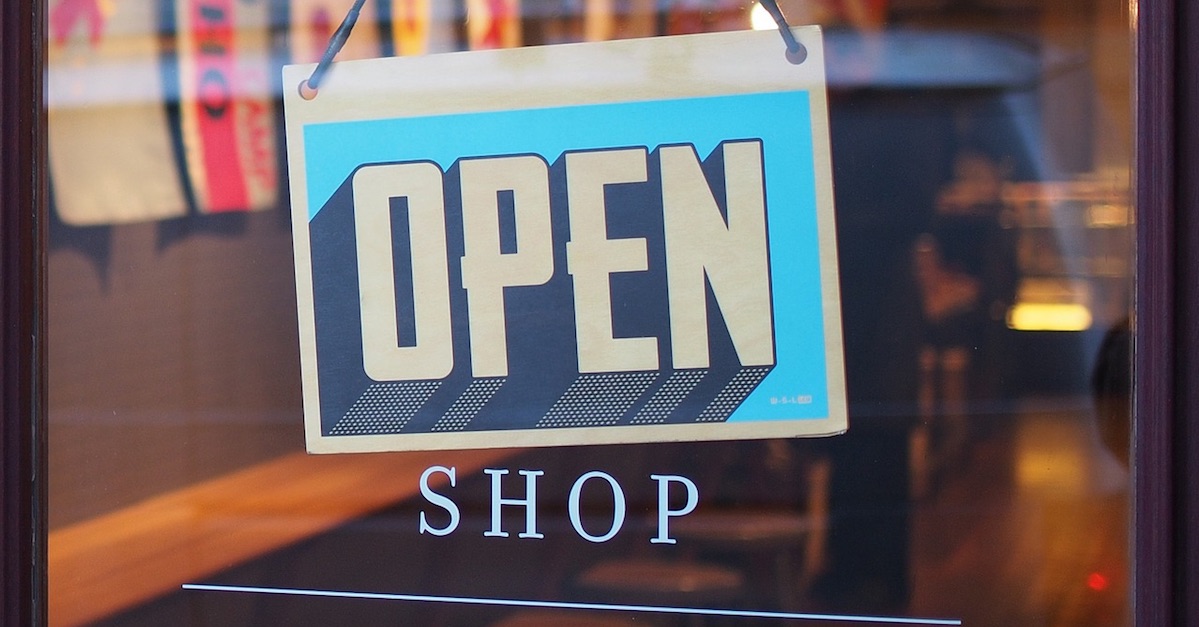from
Should you sell items in a brick and mortar store or in an online shop? It's no longer possible to answer this question with a simple "either or" solution. Nowadays, many sellers opt to combine traditional stores with an e-commerce strategy. This not only provides their businesses with new opportunities, but also with new sources of revenue. Matthias Hell, e-commerce expert and author, analysed several big players in omni-channel and discovered what they all have in common. This article shows you the most important aspects for a successful omni-channel strategy.

Sell products online and offline
Online sellers are beginning to open traditional stores in addition to their online shops. On the one hand, this helps them serve customers who were out of reach with a pure e-commerce strategy. On the other hand, they can begin offering new functions and services, which give customers an unforgettable shopping experience.
Give customers the best of both worlds
Traditional stores have the advantage of real-life customer interaction, whether in the form of personal consultations or simply the ability to try on clothing and physically touch items. Store owners should understand how important it is to interact with customers and they should make the most of it. But at the same time, stores should also do their best to facilitate online shopping, i.e. with digital sales and presentation technology. Click & collect, availability queries and endless aisles are examples of such functions. The plentymarkets till, plentyPOS, allows you to easily connect your brick and mortar store with your online sales.
Go where the customers are
Even though customers love the fast-pace and ease of buying items online, many are hesitant to give up the real-life shopping experience altogether. Matthias Hell sees it this way: "anyone who chooses not to participate on certain sales channels intentionally limits their own ability to reach customers." By combining online sales with a brick and mortar store, you can reach customers wherever they are. You can also use a brick and mortar store to promote your online brand. Make sure to focus equally on availability, your pricing point and your ability to advise customers competently. Ask yourself the following questions so that you sell products as efficiently as possible:
- What is unique about the products that I sell?
- What types of services will customers expect?
- Which store format and location are appropriate?
Make your offer unique
Custom offers are the key to success on any sales channel. The goal is to set yourself apart from standard offers and make your product portfolio unique. The company Pascuali filati naturali is a good example of catering to a niche market. By selling 100% natural wools, the founder discovered an underserved market and became a successful omni-channel seller within a few years. The company not only sells their products in an online store and on various marketplaces, but also in brick and mortar stores with the help of partner companies.
But not everyone can fill a specific product niche. We recommend that you use storytelling to set yourself apart from the competition and make your business unique. This new trend helps sellers bring their products to life and build a loyal base of customers.